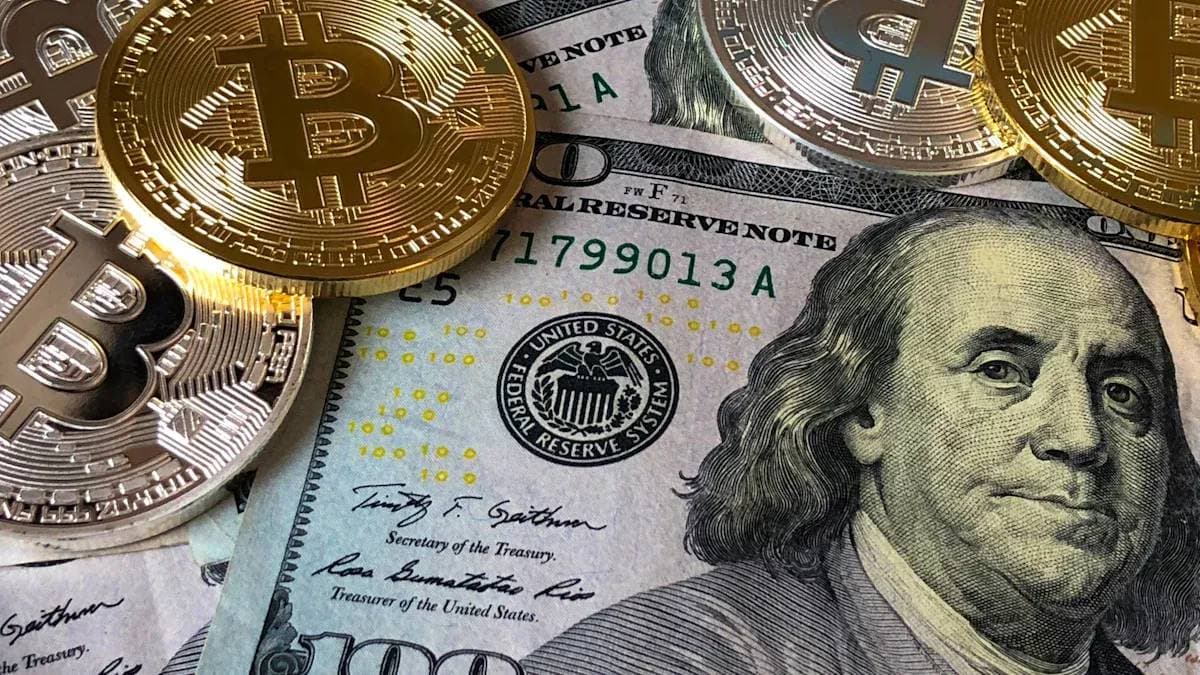- EasyCard
- Trade
- Help
- Announcement
- Academy
- SWIFT Code
- Iban Number
- Referral
- Customer Service
- Blog
- Creator
How to Remit Money to Bangladesh? Analysis of Safe and Convenient Methods
When remitting money to Bangladesh, choosing the right method can ensure the safety of the transaction, reasonable fees, and compliance with local regulations. Users can choose banks, wire transfers, online remittance services, or mobile wallets. Each method has different fees and arrival times. BiyaPay also provides an efficient and convenient remittance solution to make cross - border fund transfers smoother.

What is the Limit for Remitting Money to Bangladesh?
In international remittances, different countries may have different restrictions on the amount of single - or annual - remittances. The government of Bangladesh has set specific remittance limits for funds remitted from the United States to ensure that the capital flow complies with financial regulatory requirements.
Different banks and financial institutions do have different regulations on remittance limits, and they may be affected by various factors, including but not limited to the bank’s own policies, anti - money - laundering regulations, and foreign exchange management requirements.
If the single - remittance amount is large, it may be necessary to provide additional proof of the source of funds or a description of the purpose of the transaction to meet the compliance requirements of banks and the government. In addition, some remittances may require additional tax - filing information to avoid violating international capital - flow regulations.
In addition to the amount limit, the purpose of the remittance is also an aspect that needs attention. The purpose of the government’s policy is to prevent the outflow of funds from having an unstable impact on the domestic economy and to strengthen foreign - exchange control. Therefore, before making a large - amount remittance, it is recommended that users confirm the specific regulatory requirements with banks or financial institutions to avoid transaction obstacles.
In addition, if the remittance exceeds the specified limit, it may be marked as a high - risk transaction by financial institutions, and the funds may even be frozen. Therefore, users should abide by the remittance rules and ensure that all provided documents and information are accurate and error - free.
Which Remittance Method is More Suitable?
Different remittance methods are suitable for different needs, including bank wire transfers, online remittance services, mobile wallets, and local agent remittances. Each method has its own characteristics in terms of security, handling fees, and arrival speed. Users should choose the most suitable method according to their own needs.
Bank wire transfer is the most traditional method, usually directly processed by banks, with high security. However, its handling fees are high, and the funds usually take 3 - 5 working days to arrive, which is not suitable for emergency remittances. In addition, bank wire transfers may require more detailed transaction proof to ensure the legality of the remittance.
Online remittance services (such as PayPal, Western Union, MoneyGram, and TransferWise) are widely popular because of their low fees and fast speed. The exchange rates provided by these platforms are usually more competitive than those of banks. At the same time, they allow payees to receive funds through bank accounts, mobile wallets, or cash withdrawals. In addition, some online platforms also provide real - time exchange - rate locking functions to avoid fund losses due to exchange - rate fluctuations.
Mobile wallets and local agent remittance methods are suitable for payees without bank accounts. Some services allow funds to be directly transferred to the payee’s mobile phone, and cash can be withdrawn without a bank account. However, some mobile wallets may charge additional fees, so users should carefully check the relevant costs before choosing. In addition, some mobile - payment methods may be subject to government regulation, and the capital flow may be reviewed in some cases, affecting the arrival time.
How to Track the Remittance Status?
The key to ensuring the safety of remittances and their timely arrival is to choose a remittance service that provides a transaction - tracking function and to properly retain the transaction records.
Most international remittance platforms will provide an online tracking system, such as services like PayGits, which allows users to view the transaction progress in real time. Users can track the remittance status in the following ways:
- Log in to the official website of the bank or remittance service provider and enter the transaction number to view the transaction status.
- Pay attention to email and SMS notifications. Some platforms will send confirmation messages after the funds have been successfully transferred or received.
- Confirm the arrival with the payee to ensure that the funds have successfully entered the other party’s account.
If the remittance is found to be delayed or failed, it is recommended to immediately contact the customer service of the remittance platform and provide the transaction records to solve the problem in a timely manner. In addition, users should also pay attention to the service terms of the remittance platform to ensure that the funds are protected and avoid fund losses due to personal operational errors.
Which Payment Method is More Cost - effective**?**
Different remittance methods may involve different payment options, such as bank - account payments, credit - card/debit - card payments, e - wallets, or prepaid cards.
Bank - account payments are suitable for large - amount remittances, with relatively low handling fees, but the arrival time is long. Many international remittance services provided by banks may come with exchange - rate conversion fees. Therefore, users should compare the exchange rates of different banks before remitting to find the most cost - effective solution.
Credit - card or debit - card payments are suitable for small - amount emergency remittances, with a fast arrival speed. However, some banks may charge additional transaction fees and even treat them as cash advances, resulting in higher interest. When using a credit card for payment, it is recommended that users confirm the relevant fees with the issuing bank in advance to avoid unnecessary costs.
E - wallet payments are suitable for users who often conduct cross - border transactions. The transaction speed is fast, but some platforms may charge withdrawal fees. In addition, some e - wallets may limit the transaction amount. Users should understand their specific regulations before using them to ensure a smooth transaction.
Prepaid - card payments are suitable for users without bank accounts. Some prepaid cards allow ATM withdrawals and online payments but may have limits. In addition, some prepaid cards may not support international transactions. Therefore, before purchasing or using them, users should confirm whether the card supports remittances to Bangladesh.
Conclusion
There are various ways to remit money to Bangladesh. Choosing the right method can ensure that the transaction is fast, safe, and cost - reasonable. Whether it is a bank wire transfer, an online remittance service, or a mobile wallet, each method has its own advantages and disadvantages. Users should make a choice based on handling fees, arrival speed, and convenience, and properly track the transaction progress to ensure the smooth arrival of funds.
If you are looking for an efficient, safe, and transparent - fee international remittance method, BiyaPay may be a good choice. It adopts a local remittance method, which not only has no remittance limit but also covers most regions and countries in the world, ensuring the rapid arrival of funds and effectively reducing handling fees and exchange - rate losses. Whether it is individual users or enterprises, choosing the right remittance method can make cross - border transactions smoother.
*This article is provided for general information purposes and does not constitute legal, tax or other professional advice from BiyaPay or its subsidiaries and its affiliates, and it is not intended as a substitute for obtaining advice from a financial advisor or any other professional.
We make no representations, warranties or warranties, express or implied, as to the accuracy, completeness or timeliness of the contents of this publication.




Contact Us
Company and Team
BiyaPay Products
Customer Services
is a broker-dealer registered with the U.S. Securities and Exchange Commission (SEC) (No.: 802-127417), member of the Financial Industry Regulatory Authority (FINRA) (CRD: 325027), member of the Securities Investor Protection Corporation (SIPC), and regulated by FINRA and SEC.
registered with the US Financial Crimes Enforcement Network (FinCEN), as a Money Services Business (MSB), registration number: 31000218637349, and regulated by FinCEN.
registered as Financial Service Provider (FSP number: FSP1007221) in New Zealand, and is a member of the Financial Dispute Resolution Scheme, a New Zealand independent dispute resolution service provider.




















